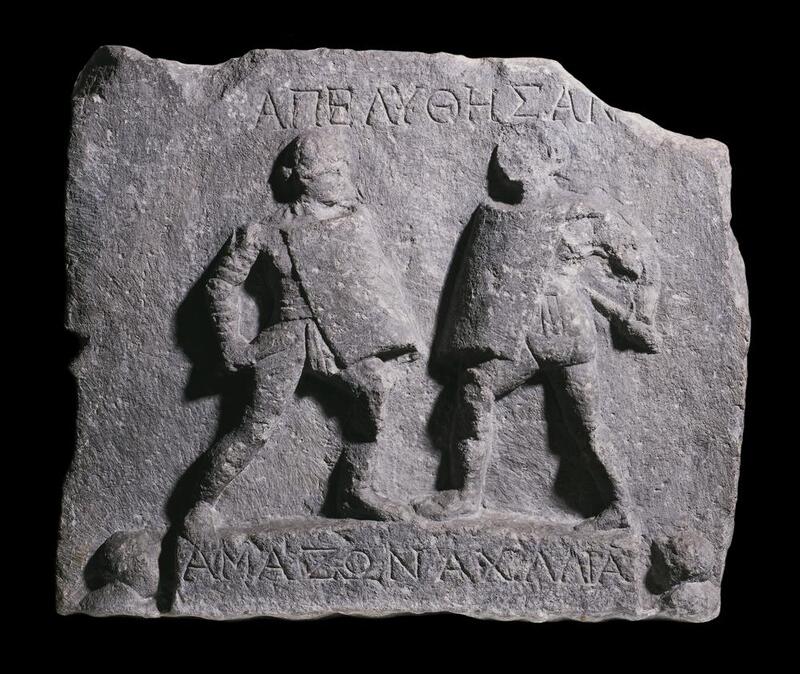Historical Evidence and Discovery
Historical Evidence and Discovery
Archaeological Relics
One of the key pieces of archaeological evidence for female gladiators is a marble relief dating from the Roman Imperial period. Found in Halicarnassus (modern-day Bodrum, Turkey), this relief, which is now housed in the British Museum, portrays two female gladiators named Amazon and Achillia. These figures are shown in mid-combat, with their names inscribed on the marble, suggesting they were notable figures in their time. Importantly, the relief doesn't depict them with lethal intent but rather in a stance suggesting a ceremonial or non-lethal bout, possibly indicating their fight was staged for show rather than a fight to the death.
Literary References
Classical literature provides another source of evidence, albeit more sparingly. Roman authors like Suetonius, Cassius Dio, and Juvenal occasionally mention women who fought in arenas. Juvenal, for example, in his Satires, criticizes the morals of Roman women, mentioning those who voluntarily chose the life of a gladiator. While his accounts are satirical and hyperbolic, they corroborate the existence of female gladiators from a social and behavioral perspective.
Legal Texts
Further indirect evidence comes from Roman legal texts. A decree from Emperor Septimius Severus in 200 AD explicitly banned the recruitment of women as gladiators. This edict, mentioned in Cassius Dio’s Roman History, is particularly revealing—it shows that not only did women participate in gladiatorial games, but they did so to such an extent that legislation was necessary to curb their involvement. This legal response highlights the social and political implications of female participation in what was traditionally a male-dominated arena.
Iconography
Additional support comes from smaller artifacts such as lamps and other domestic items depicting women in gladiatorial attire. These items suggest a cultural fascination with female gladiators, indicating they held a place in popular culture of the time, similar to their male counterparts.
Modern Interpretations
Modern archaeological interpretations often rely on piecing together these scant evidences with the broader understanding of gladiatorial games and Roman entertainment. The rarity of discoveries specifically related to female gladiators has prompted debates among historians regarding their prevalence and the nature of their fights—whether they were to the death or more theatrical performances.
